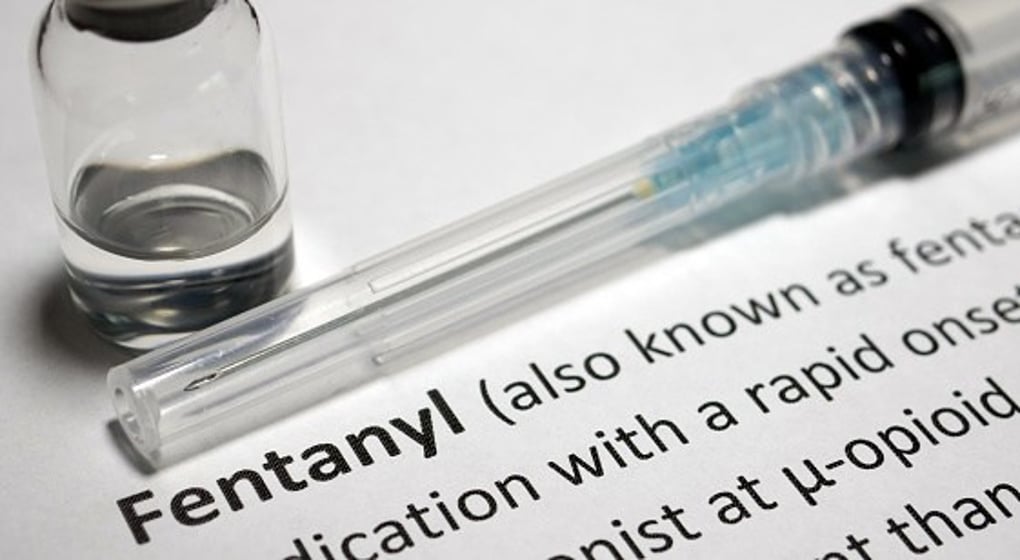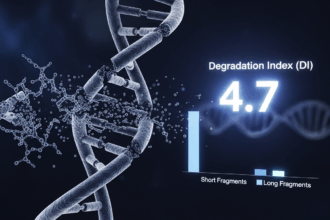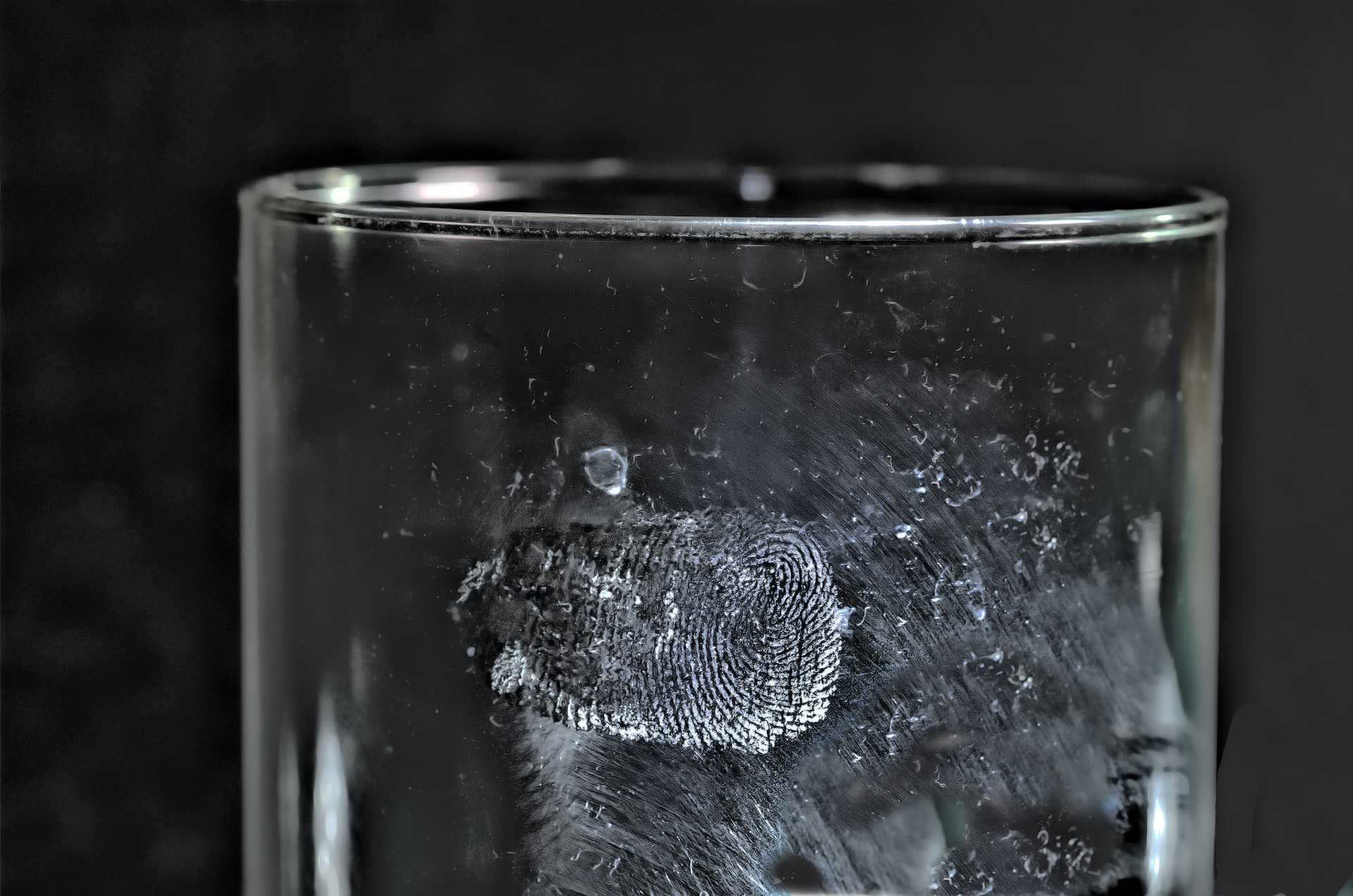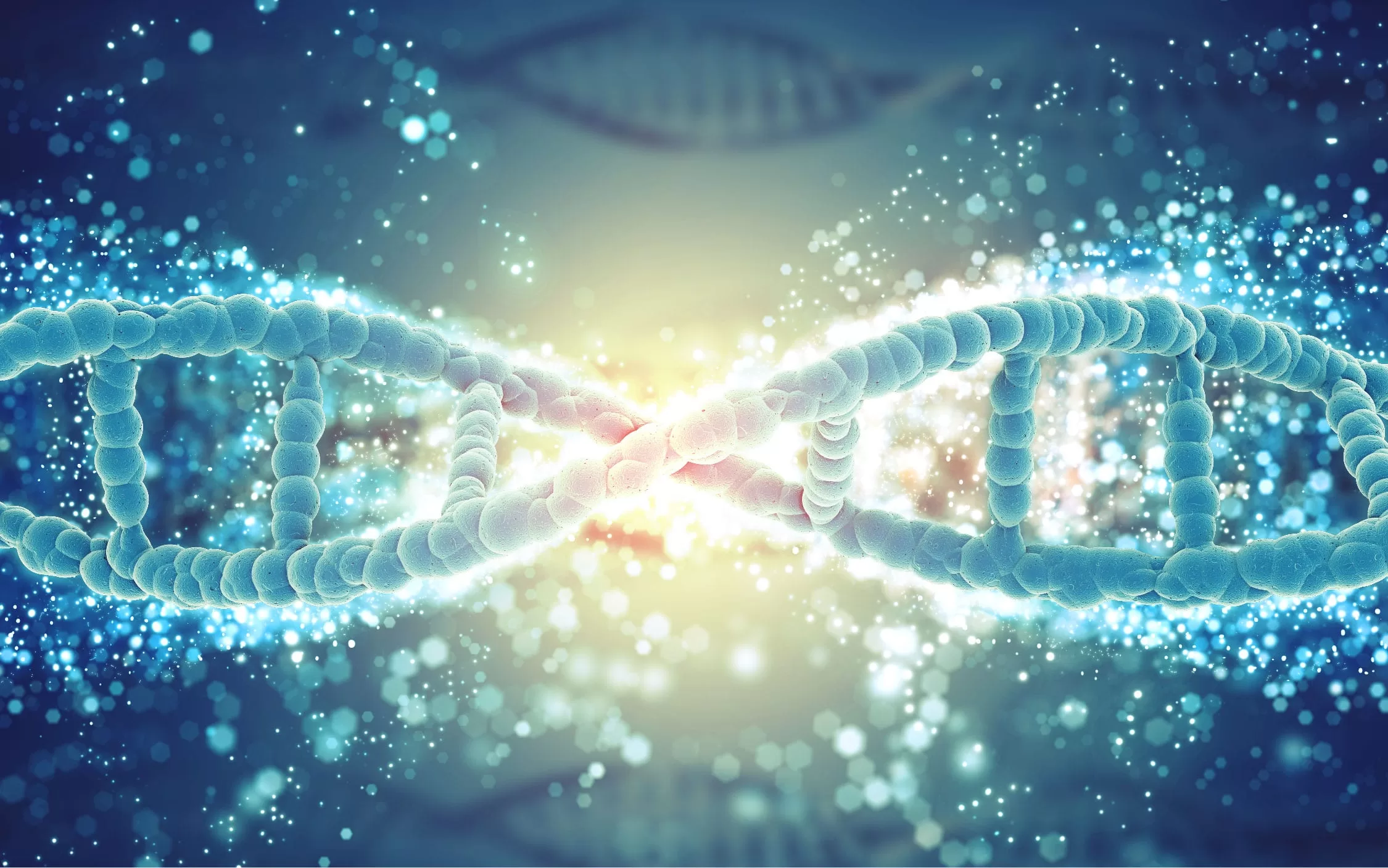Introduction
Forensic science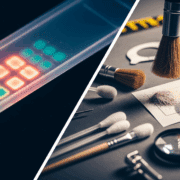 Discover the fascinating field of Forensic Science, the application of scientific principles to legal matters. This post delves into its many disciplines, from DNA analysis to crime scene investigation, its importance in the justice system, Read Full Definition constantly evolves to meet the demands of modern criminal investigations. One crucial area of advancement is the identification of body fluids at crime scenes. Bodily fluids such as blood, saliva, semen, and urine often play a pivotal role in reconstructing events and establishing connections between suspects, victims, and crime scenes. While traditional immunoassayAn immunoassay is a biochemical test commonly used in medical and scientific laboratories to detect and measure the presence of a specific molecule or compound in a sample. This type of assay relies on the Read Full Definition methods have been standard practice, emerging “omic”-based technologies are reshaping forensic biology. This article examines these new technologies, their mechanisms, and their potential impact on forensic investigations.
Discover the fascinating field of Forensic Science, the application of scientific principles to legal matters. This post delves into its many disciplines, from DNA analysis to crime scene investigation, its importance in the justice system, Read Full Definition constantly evolves to meet the demands of modern criminal investigations. One crucial area of advancement is the identification of body fluids at crime scenes. Bodily fluids such as blood, saliva, semen, and urine often play a pivotal role in reconstructing events and establishing connections between suspects, victims, and crime scenes. While traditional immunoassayAn immunoassay is a biochemical test commonly used in medical and scientific laboratories to detect and measure the presence of a specific molecule or compound in a sample. This type of assay relies on the Read Full Definition methods have been standard practice, emerging “omic”-based technologies are reshaping forensic biology. This article examines these new technologies, their mechanisms, and their potential impact on forensic investigations.
- Introduction
- Traditional vs. Emerging Techniques
- Overview of “Omic”-Based Technologies
- Epigenomics: DNA Methylation Analysis
- Transcriptomics: mRNA Profiling
- Proteomics: Shotgun and Targeted Proteomics
- Performance Comparison of Body Fluid Identification Methods
- Practical Implications and Advancements
- Future Directions in Forensic Fluid Analysis
- Conclusion
In This Article:
Traditional vs. Emerging Techniques
Challenges of Traditional Methods
Conventional immunoassay techniques rely on antigen-antibody reactions to identify body fluids. While widely used, these methods face limitations, such as lower sensitivityIn the context of laboratory equipment or analytical techniques, the term "sensitive" describes the capability of a machine or method to detect even very small amounts or concentrations of a substance. Sensitivity is a quantitative Read Full Definition and specificityIn the context of laboratory equipment or analytical techniques, the term "specific" describes the capability of a machine or method to accurately and selectively detect particular molecules or substances while minimizing interference from others. Specificity Read Full Definition. This can pose significant challenges, especially when dealing with mixed samples or degraded evidence Evidence is any form of proof, such as objects, materials, or scientific findings, presented to establish or disprove a fact in a legal proceeding. It is used to reconstruct events and link or exclude individuals Read Full Definition. For instance, identifying fluid-soaked ceiling tiles in the high-profile case of Harmony Montgomery required advanced methods to analyze blood evidence and aid in crime reconstruction.
Evidence is any form of proof, such as objects, materials, or scientific findings, presented to establish or disprove a fact in a legal proceeding. It is used to reconstruct events and link or exclude individuals Read Full Definition. For instance, identifying fluid-soaked ceiling tiles in the high-profile case of Harmony Montgomery required advanced methods to analyze blood evidence and aid in crime reconstruction.
Introduction to “Omic”-Based Approaches
To address these challenges, researchers have developed technologies based on epigenomics, transcriptomics, and proteomics. These methods promise greater precision, sensitivity, and versatility in fluid identification, even in complex forensic scenarios.
Overview of “Omic”-Based Technologies
Epigenomics: DNA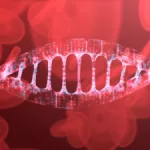 DNA, or Deoxyribonucleic Acid, is the genetic material found in cells, composed of a double helix structure. It serves as the genetic blueprint for all living organisms. Read Full Definition Methylation Analysis
DNA, or Deoxyribonucleic Acid, is the genetic material found in cells, composed of a double helix structure. It serves as the genetic blueprint for all living organisms. Read Full Definition Methylation Analysis
- How It Works: DNA methylation analysis identifies body fluids by detecting patterns of methyl groups attached to DNA. These patterns vary between different fluid types (e.g., blood, saliva, semen, vaginal fluid).
- Strengths: High specificity (99.5%), capable of distinguishing major fluid types.
- Limitations: Sensitivity is lower compared to other methods (72.5%).
Transcriptomics: mRNA Profiling
- How It Works: This method analyzes the unique mRNA species present in various fluids. mRNA profiling detects and identifies multiple fluid types in a single reaction.
- Strengths: It has exceptional specificity (99.7%) and sensitivity (94.1%), making it highly effective for complex samples.
- Applications: Useful for distinguishing blood, semen, saliva, menstrual blood, and cervicovaginal fluid.
Proteomics: Shotgun and Targeted Proteomics
- How It Works: Proteomic methods extract proteins from body fluids, break them into peptides, and identify them using mass spectrometry. Shotgun proteomics screens broadly, while targeted proteomics focuses on predefined protein sets.
- Strengths: Targeted proteomics achieves perfect specificity (100%) and low error rates (0%), outperforming shotgun proteomics, which has higher error rates (32.3%).
- Applications: Effective for identifying a broad spectrum of fluids, including sweat, tears, cerebrospinal fluid, and urine.
Performance Comparison of Body Fluid Identification Methods
The study funded by the National Institute of Justice (NIJ) evaluated six fluid identification methods under controlled conditions:
- Traditional Immunoassays (Methods A and B)
- DNA Methylation
- mRNA Profiling
- Shotgun Proteomics
- Targeted Proteomics
Key Findings
- Specificity: Targeted proteomics (100%) and mRNA assays (99.7%) outperformed traditional methods (96%, averaged).
- Sensitivity: mRNA assays (94.1%) and targeted proteomics (88.5%) led, while DNA methylation lagged (72.5%).
- Error Rates: Targeted proteomics demonstrated unmatched accuracyIn scientific and measurement contexts, "accuracy" refers to the degree of proximity or closeness between a measured value and the true or actual value of the measured quantity. Accuracy indicates how well a measurement reflects Read Full Definition with a 0% error rate, compared to higher rates for traditional methods (15.9%, averaged) and shotgun proteomics (32.3%).
These results highlight the reliability of targeted proteomics and mRNA profiling for forensic applications, while traditional methods and shotgun proteomics present more significant limitations.
Practical Implications and Advancements
Standardization of Procedures
The study emphasized the importance of consistent sample preparation. Researchers found that undiluted samples yielded the best results, while swab slurries reduced accuracy. Standardized protocols are essential for ensuring reproducibility across laboratories.
Application in Mock Casework
Testing on substrates like fabric and tile demonstrated the practical utility of these technologies in real-world scenarios. Methods like targeted proteomics proved effective even in challenging conditions, offering reliable results that traditional methods might miss.
Case Application: Harmony Montgomery
The blood evidence analysis in this tragic case underscores the importance of advanced identification techniques. By identifying blood on ceiling tiles, investigators reconstructed critical events in building a case against the suspect.
Future Directions in Forensic Fluid Analysis
Adoption of Advanced Technologies
Dr. Mirna Ghemwari and her colleagues advocate A person who aligns themselves with the patient, providing emotional support, referral services for follow-up, contact with social services, legal assistance, arrangements for transportation, presence in court, and for other needs. Read Full Definition for integrating cutting-edge methods like DNA methylation, mRNA profiling, and targeted proteomics in forensic laboratories. These technologies provide more accurate and reliable results, paving the way for more sophisticated forensic investigations.
A person who aligns themselves with the patient, providing emotional support, referral services for follow-up, contact with social services, legal assistance, arrangements for transportation, presence in court, and for other needs. Read Full Definition for integrating cutting-edge methods like DNA methylation, mRNA profiling, and targeted proteomics in forensic laboratories. These technologies provide more accurate and reliable results, paving the way for more sophisticated forensic investigations.
Education and Training
Forensic practitioners must undergo specialized training to fully realize the potential of these technologies. Familiarity with the complexities of “omic”-based approaches ensures their correct application in diverse cases.
Ethical and Practical Considerations
As forensic science embraces advanced methodologies, maintaining ethical standards in sample collection and data Information in analog or digital form that can be transmitted or processed. Read Full Definition interpretation remains paramount. Implementing these technologies should balance innovation with adherence to established legal and scientific principles.
Information in analog or digital form that can be transmitted or processed. Read Full Definition interpretation remains paramount. Implementing these technologies should balance innovation with adherence to established legal and scientific principles.
Conclusion
The comparison of body fluid identification technologies marks a significant step forward in forensic biology. “Omic”-based methods, particularly mRNA profiling and targeted proteomics, demonstrate superior performance in specificity, sensitivity, and error rates compared to traditional immunoassays. These advancements hold promise for improving crime scene reconstruction and evidence analysis, ensuring more accurate and reliable forensic investigations. As crime labs transition to these innovative approaches, the insights gained from studies like this will guide the adoption of advanced technologies and set new standards in forensic science.
How do you see these advanced technologies shaping the future of forensic science? Share your insights in the comments below!






